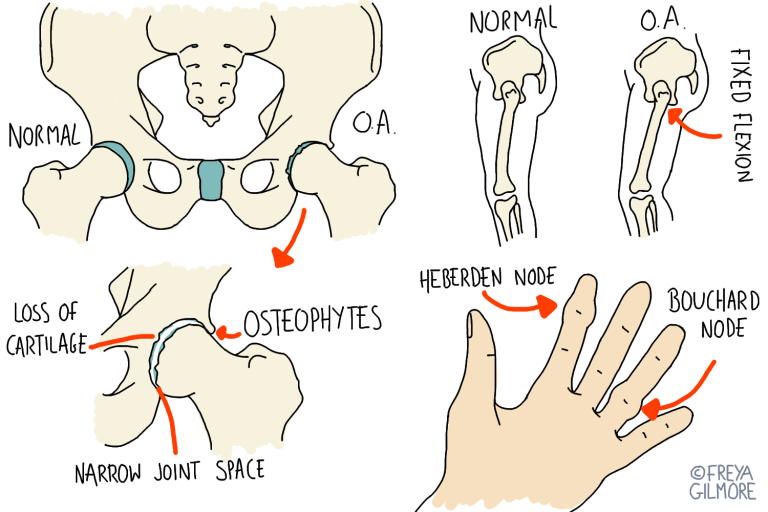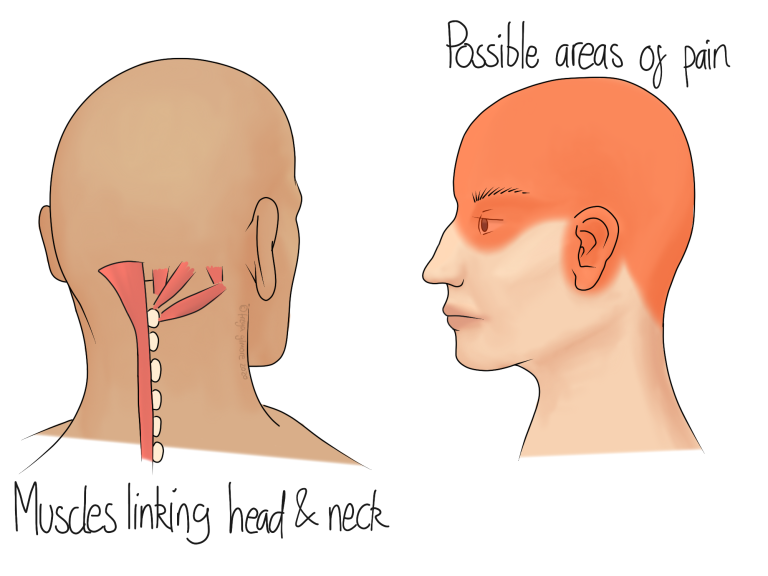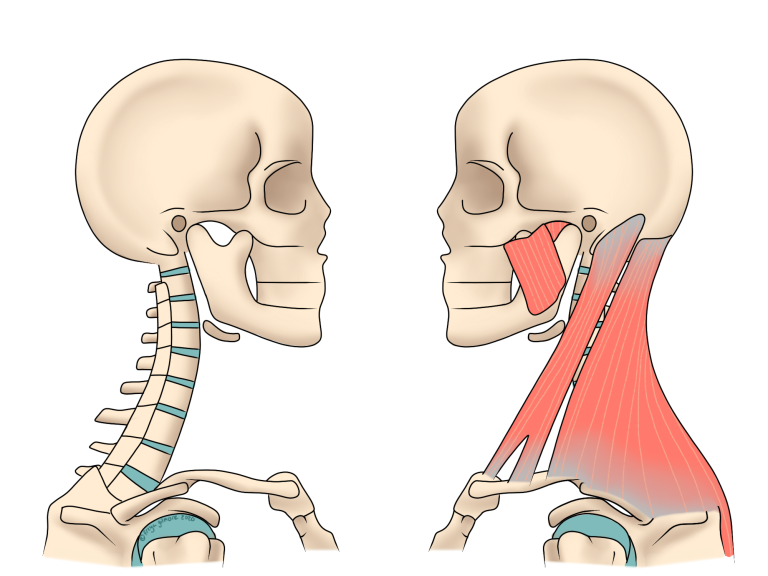Frozen shoulder is a specific condition characterised by gradually increasing pain, and loss of movement. Not all movements are affected.
 Signs and Symptoms of Frozen Shoulder Syndrome
Signs and Symptoms of Frozen Shoulder Syndrome
The condition is characterised by its three phases. First, symptoms gradually appear over a period of a few months: this is the freezing phase. The restriction stays while the pain reduces over another few months: frozen phase. Then the final symptoms begin to resolve: thawing.
Diagnosis is typically quite simple, as the signs and symptoms vary little from person to person. But your osteopath may ask you to see your GP about further investigation to be sure there’s nothing else going on. Other conditions, like arthritis, won’t necessarily interfere with the condition, but may require a slightly different approach.
Pattern of Pain
Frozen Shoulder Syndrome (FSS) is a painful condition, with pain mostly present when the joint is moved to the end of its range. The range available is limited when the condition develops by a tightening of the joint capsule. This is a fibrous layer of tissue that encompasses the ball and socket joint. The technical term for the condition is “adhesive capsulitis”, meaning “inflamed, sticky capsule”. Despite the name, there is little inflammation.
Pain changes as you move through the phases. During the freezing phase, pain becomes more prevalent. When frozen, pain levels stabilise, typically at a less intense level. In some cases, pain resolves in this phase, but pushing the joint’s range to the limit will likely still be painful. Finally, in the thawing phase, pain does resolve.
Movements Lost in Frozen Shoulder Syndrome
The illustration above shows the three movements typically affected by Frozen Shoulder:
- Abduction: taking your arm out to the side
- Internal rotation: turning your arm in towards your body
- External rotation: turning your arm out (eg, putting on a sleeve)
Osteopathy for Frozen Shoulders
Osteopaths are recognised as qualified to help manage a frozen shoulder. Unfortunately, we can’t prevent the development once it begins, nor can we skip a stage. But evidence suggests that treatment can help to speed up the process. By working on the whole body, we may also be able to stop the other shoulder from taking on too much work. Frozen shoulder syndrome on one shoulder is not infrequently followed by the same problem on the other side within a few years of resolution.
During treatment, your osteopath may work on the affected ball and socket joint to encourage a larger range of movement. They may also help to improve shoulder function by working on the other shoulder joints: those between the collar bone and shoulder blade, and between the shoulder blade and ribs. Reducing tension and improving mobility here will give your shoulder more movement overall. Along with tension around the whole shoulder complex, we may also find tension into the neck or upper back. Work to help these areas to relax may help with associated headaches, or joint aches and pains that have developed alongside your shoulder pain.
Click here to book an appointment for your frozen shoulder in the Bristol area



